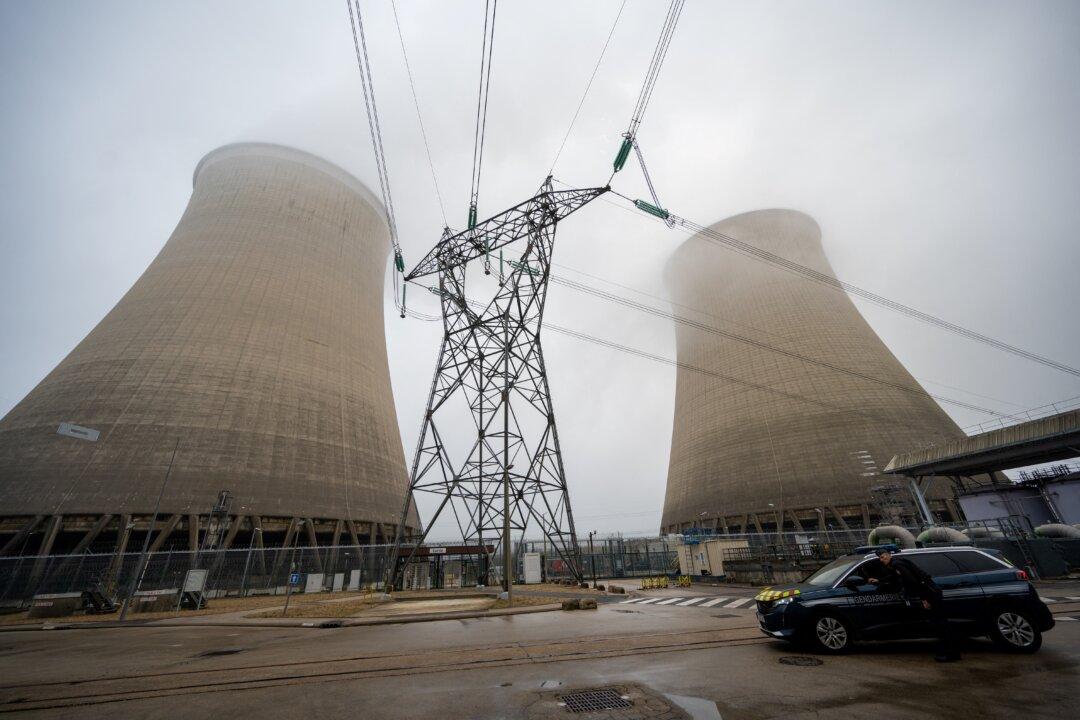An Australian parliamentary committee has heard that the cost blowouts of two nuclear power reactors have caused significant electricity price hikes in Georgia, the United States.
At a recent inquiry hearing into nuclear power, Patty Durand, the president of Cool Planet Solutions, a Georgia-based energy consulting company, shared her insight on the negative impacts of building nuclear reactors in her state.





